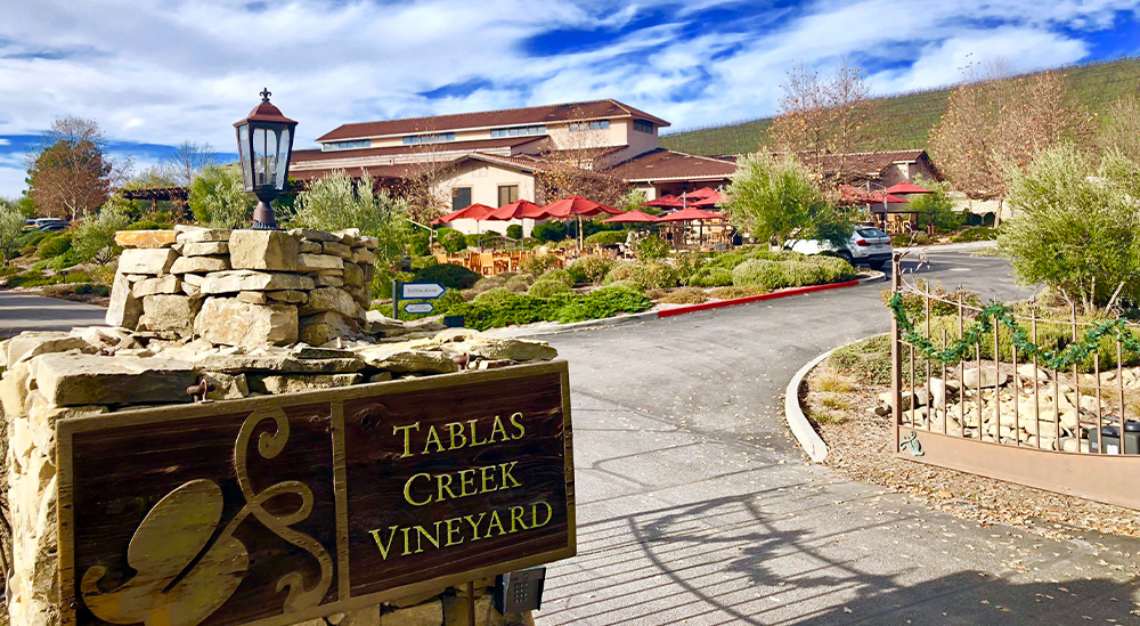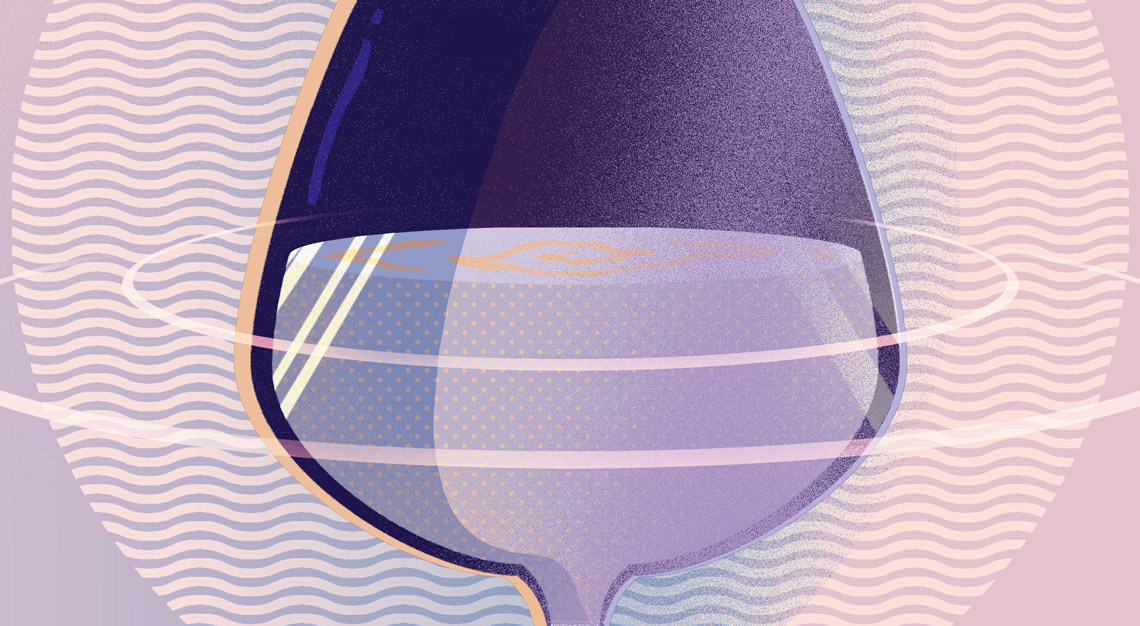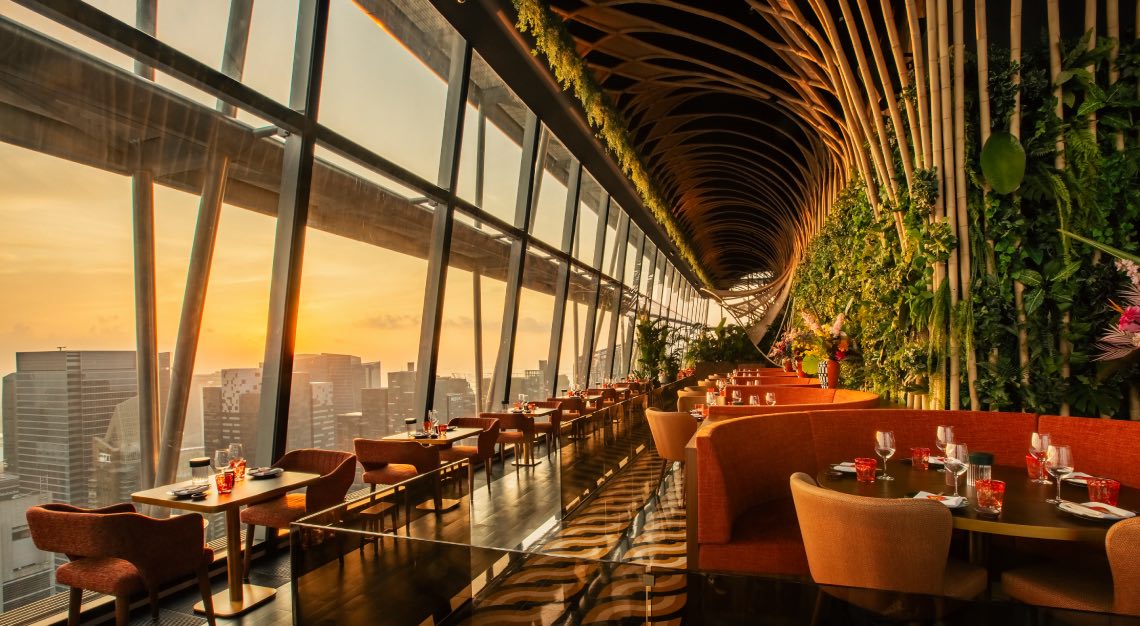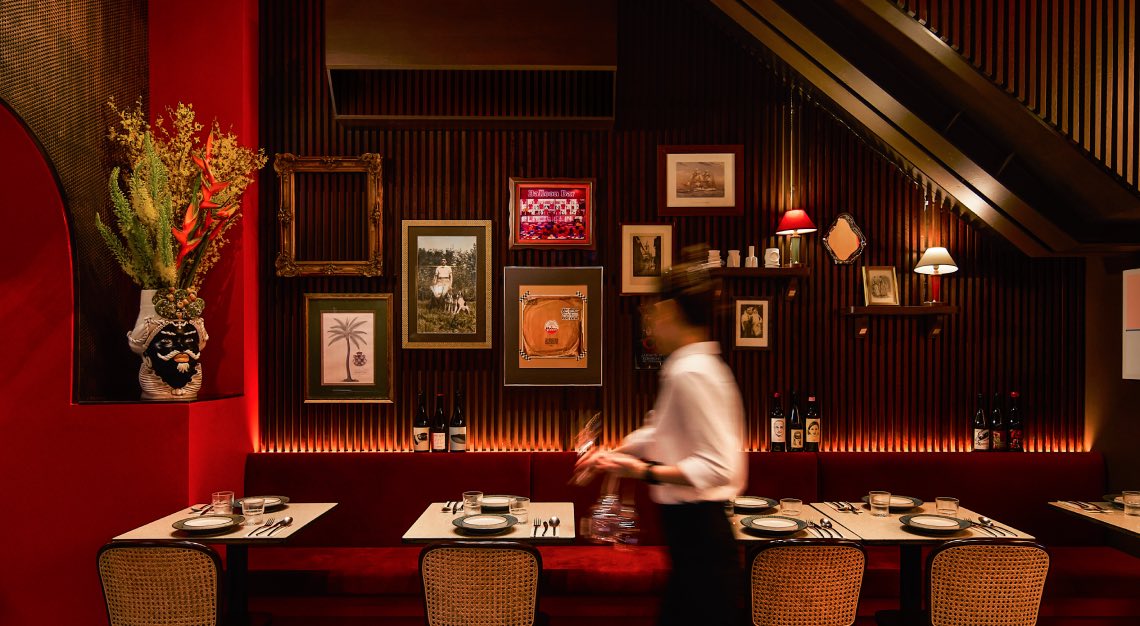“It’s not just about carbon footprint,” says Jason Haas, partner and general manager of Tablas Creek Vineyard. “It’s a good choice for storage and usage too”
The rows of three-litre boxes in supermarket wine aisles—almost always on the bottom shelf—hardly conjure exquisite sipping. More likely, they signal dorm-room debauchery or just a desperate need for a large quantity of alcohol, largely because (of course) what’s in the boxes is generic and forgettable at best, and sometimes bordering on revolting. The only thing going for most boxed wine is that it’s cheap.
Jason Haas, partner and general manager of Tablas Creek Vineyard in Paso Robles, would like to change all that. This last week, the winery released part of its new 2021, Provence-inspired Patelin de Tablas Rosé in bag-in-box packaging, the equivalent of four standard bottles inside priced at US$95.
That’s actually a deal: The wine in traditional glass sells for US$28 a bottle, US$112 total for four. Tablas Creek is passing on their savings in packaging materials and shipping costs to you. But shaving a few dollars off the price of the product isn’t what moved Haas and his team to throw in with what until now has been the domain of cardboard-encased plonk (forgive me, Bota and Black Box). It’s a poorly kept secret that 750-millilitre glass bottles represent a rather flagrant carbon footprint for the wine industry, which in other quarters has been quick to adopt sustainable practices in the face of climate change, from farming methods to energy and water use. Even though glass itself might seem like a promising, recyclable vessel, high heat (read, much energy use) is involved in making it, the shape is inefficient for packing and the weight adds a hefty lift en route to you. And in the end, those bottles don’t happen to be recycled very much.

For decades, Tablas Creek has been part of the phalanx in the lead of wine industry efforts to go easy on the earth on both farming and winemaking fronts. Since 2003, their vineyards have been certified organic; since 2010, they’ve incorporated many biodynamic elements into their processes; and in 2020, they became the first Regenerative Organic Certified vineyard in the US, a certification that requires actually giving back in three areas—soil health, animal welfare and farmworker fairness—rather than simply doing no harm.
Haas, then, was no ingénue when it came to the glass bottle quandary. All the way back in 2009, the winery made the move to lighten its bottles, a fairly easy way, he says, to reduce the carbon footprint by 10 per cent. Even though he’s been aware that bag-in-box technology was far more sustainable, “it just didn’t seem feasible,” he says, “to sell US$100 wine in a box when most others go for US$30 or less.” Tablas Creek, though—a winery that took on the arduous task of importing every last Rhône grape (through quarantine) and establishing a nursery to propagate them all for US producers—has never been easy on itself. So last year Haas undertook a rigorous (you might say brutal) self-assessment of the winery’s environmental footprint, against the backdrop of a 10-year-old study done by the California Sustainable Winegrowing Alliance that broke out how much each element of winegrowing, making, packaging and shipping contributes to that footprint. The subtitle of Haas’s blog about the results? “Why I Can’t Give Us an ‘A’ Despite All Our Progress.”
The takeaway in the study that stunned Haas: Packaging alone accounts for more than 50 per cent—in other words, “it matters as much as everything else you do, combined.” A good deal of soul-searching swept away the arguments against “bottling” some good Tablas Creek wine in boxes—wine meant to be drunk within a few months. “It’s not just about carbon footprint,” says Haas. “It’s a good choice for storage and usage too.” So many of those heavy glass bottles don’t actually fit into standard cellar racks. And tapping a box of wine doesn’t start to degrade the contents like pulling a cork; the internal bag deflates as the wine is dispensed, keeping oxygen at bay. The wine stays fresh for weeks (in the off chance that four bottles’ worth of Tablas Creek will last that long in your house). Besides, says Haas about committing a higher-end tipple to a box, “someone has to be first!”
The first in this case, Tablas Creek 2021 Patelin de Tablas Paso Robles Rosé—a pale-salmon blend of Grenache, Mourvèdre and Counoise—is a crisp and lively mouthful. Rose petals open with wild strawberry, a touch of watermelon and stone fruit, and a vein of wet stones followed by bright raspberry and peach, lingering on a lifted finish. Who wouldn’t want three litres of that on tap in the fridge?
And this likely won’t be the last boxed wine from Tablas Creek, as they test the waters. In their Patelin family, according to Haas, Blanc and Rouge are waiting in the wings. The team will be tasting the wines regularly in the next few months—boxed against bottled—and if the quality holds, those wines will be available in boxed format on the winery’s website too.
When the wine in the box is this good, it’s a no-brainer, really.
This story was first published on Robb Report USA






